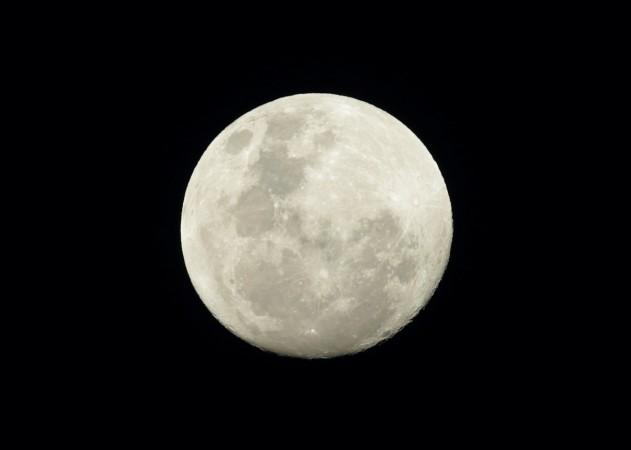
As we kick-start 2017, a new astronomical event awaits to welcome us all. The full moon of January 2017 is an event star-gazers should not miss, especially when it reaches its full phase.
In case you are wondering when to start watching the skies for a spectacular view of the full moon, which is popularly named as Full Wolf Moon by Native Americans, here's everything you need to know.
Skywatchers can get the first sight of the full moon of 2017 early on Thursday and have a wide window to catch the moon until Friday.
According to Space.com, the Wolf Moon reaches its full phase on Thursday at 6:34 am EST (11:34 GMT). In case you miss the action on Thursday, you will still be able to get an eyeful later in the night as the moon will not set completely until 7:58 am EST.
For the best view, skywatchers can catch the moon when it reaches the highest point in the sky at midnight.
Due to the contrast of the Wolf Moon, skywatchers won't require a telecope to catch sight of it. Even with clouds obstructing the view, the big, bright moon will outshine all else and give skywatchers a treat. This could also give avid photographers a new angle to capture the Wolf Moon.
In case you do not wish to step out, you can enjoy the Full Wolf Moon right from the comfort of your home. Slooth will be live streaming the event on Wednesday and Thursday night.
When to See the 'Full #WolfMoon' https://t.co/PJpWWl4GPi
— SPACE.com (@SPACEdotcom) January 11, 2017
The #WolfMoon's lunar luminescence is so bright, we could have lit our live shot with it. Not full til tomorrow. @KIRO7Seattle pic.twitter.com/DzyGSjZPOE
— Gary Horcher (@GaryKIRO7) January 12, 2017
Why is it called Wolf Moon?
January's full moon was given the name Wolf Moon by the Native American tribes. This is because of the constant howling of the wolves in search of food on cold winter nights. But the Wolf Moon is also referred to as Old Moon, Moon After Yule and Full Snow Moon, according to the Farmers' Almanac.
In some parts of the Southern Hemisphere, the Full Wolf Moon is also referred to as the Hay Moon, Buck Moon, Thunder Moon or Mead Moon, Earthsky.org reported.
What is a full moon and what are different moon phases called?
When the Earth, moon and sun are all in line, with Earth in the middle, full moons appear in the sky. According to Space.com, a full moon occurs once every 29.53 days. Based on this calculation, there is one full moon every month and each one has its own name. Check them out below:
- January: Full Wolf Moon
- February: Full Snow Moon
- March: Full Worm Moon
- April: Full Pink Moon
- May: Full Flower Moon
- June: Full Strawberry Moon
- July: Full Buck Moon
- August: Full Sturgeon Moon
- September: Full Corn Moon or Full Harvest Moon
- October: Full Hunter's Moon or Full Harvest Moon
- November: Full Beaver Moon
- December: Full Cold Moon or the Full Long Nights Moon















